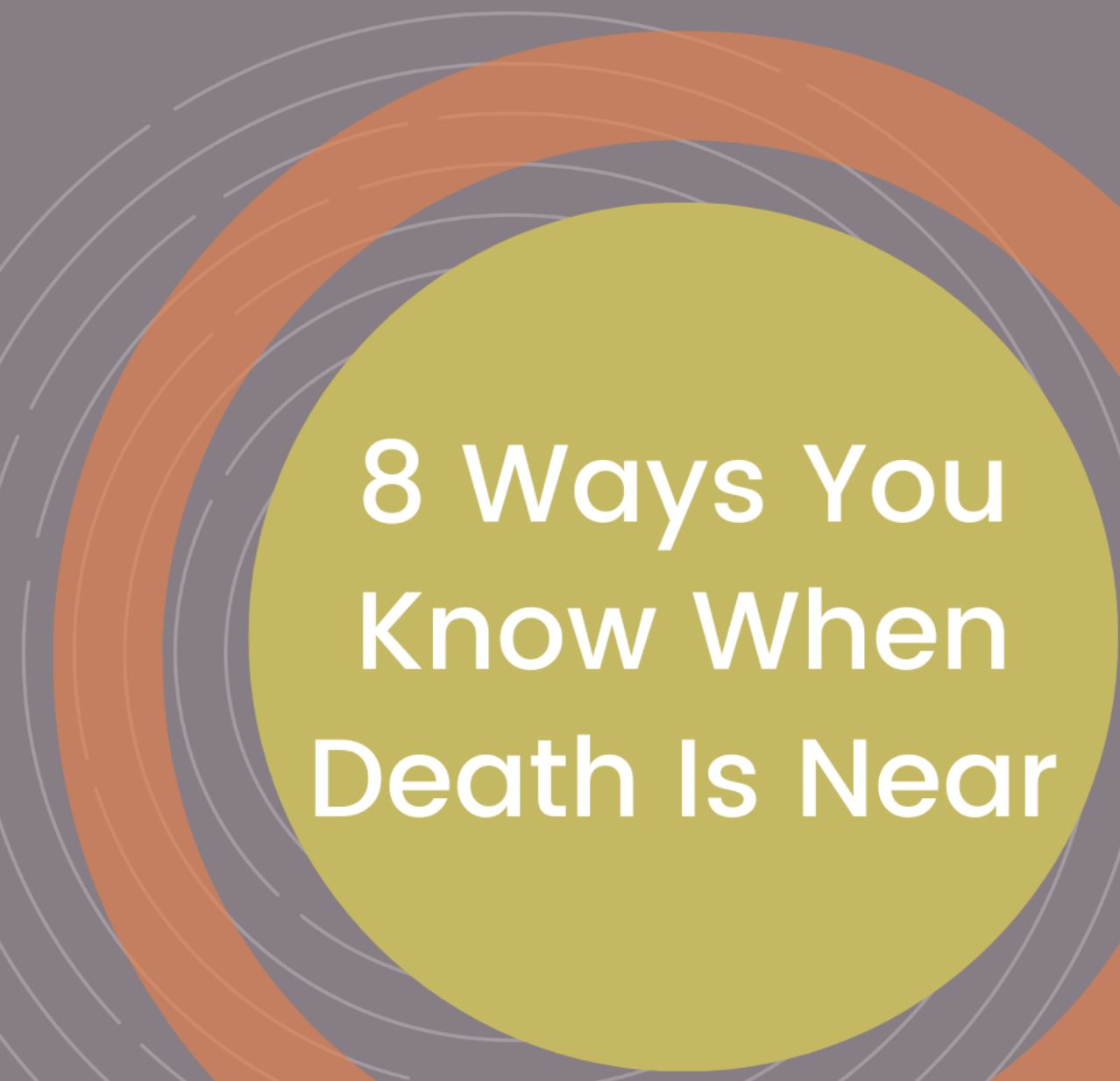Hospice is about the end of life, and part of what the Centrica Care Navigators staff talks about with caregivers and family members is what the end of life looks like: what to expect when death is near.
The patient’s hospice nurse and physician will address any concerns or questions you have about the symptoms described below. Not all of these symptoms will appear at the same time, and some may never appear. Each symptom is indicative of how the body prepares itself for the final stage of life.
Decreased desire for food or fluids
The patient will have a decreased need and desire for food and drink because the body will naturally begin to save the energy that was once spent on these tasks. His or her ability to swallow may decrease which may cause coughing. At this stage, encouraging food and drink makes the person more uncomfortable. One of the benefits of dehydration is a more comfortable death, due to fewer secretions.
What you can do
If the patient is still able to swallow, ice chips or small drops of water can be given. Toothettes can be used to gently wipe cool water or ‘mouth moisture’ throughout the mouth to relieve dry mouth. Lip balm can give lips needed moisture. Toothettes, mouth moisture, or lip balm can be provided by your hospice nursing team.
Sleeping more
The patient will gradually spend more and more time sleeping during the day and at times will be difficult to awaken or may seem unresponsive. This is a result of a change in the body’s metabolism.
What you can do
Speak softly and directly to the patient. Hearing is often the last sense to go.
Loss of control of urine and bowel
Incontinence (loss of control) of urine and bowel movements often happens in the final stage of life. When the patient is bed-bound or too weak to get up as often as they may need, a bedside commode chair can be brought next to the bed, or a Foley catheter may be placed to increase comfort. You may notice the amount of urine will decrease as death comes closer.
What you can do
The hospice nursing team can provide pull-up disposable underwear, briefs, and/or padding to help keep both the patient and the bed clean.
Increasingly confused
The patient may become increasingly confused about time, place, and the identity of close and familiar people. This is a result of metabolism changes.
What you can do
Remind the patient of your name and who you are to them. Explain to them simply and concisely what you are doing and why you are doing it (e.g., “This is your medication to help you be more comfortable”). Only ask one question at a time. Be flexible, patient, understanding, and respectful. Humor may help. Remember to value the moment.
Congestion
Oral secretions may increase and collect in the back of the throat. This symptom is a result of the inability to cough up normal saliva production. This is not a pain symptom. Often this symptom is particularly upsetting to caregivers. The increase in secretions may be called “terminal secretions” and often signals that death is near.
What you can do
Elevate the head of the bed and turn the patient so that they are lying on their side, keeping them off their back. You may use a toothette to gently remove the built-up secretions. Ask your hospice physician or nurse if there is medication that will help decrease the secretions.
Changes in breathing
During sleep, you may notice changes in breathing patterns. Irregular periods of 5 to 45 seconds of not breathing are referred to as apnea. Breathing may also increase and have a panting sound. These symptoms are common, indicating decreased circulation and build-up of body waste.
What you can do
Elevate the head of the bed or turn the patient to his or her side for relief. Increase airflow in the room by turning on a fan or opening a window. Medications may also be used to help calm the breathing and bring respirations to a more normal rate.
Restless mind and body
You may notice the patient becoming restless, pulling at bed linens, and having visions of people or things which do not exist or insisting on getting out of bed when they are too weak to do so safely. These symptoms are a result of a decrease in the oxygen circulation to the brain and a change in the body’s metabolism.
What you can do
Talk calmly with the patient so as not to startle or frighten them further. Do not argue about whether what they are saying is true or real. Keeping them safe may mean someone needs to constantly be at the bedside. A family member will be asked to be the “sitter” or the hospice social worker can assist the family with hiring one. Ask the hospice team whether medications may be helpful to increase comfort and safety.
Body becoming cooler
The arms and legs of the body may become cool to the touch. You may notice the underside of the body, bottoms of the feet or kneecaps becoming much darker or mottled in color. This is the result of blood circulation slowing down.
What you can do
Keep warm blankets on the patient’s body to prevent them from feeling overly cold. Never use electric blankets.
There are many signs when death is near for a patient, and just as many ways to make their time in hospice as comfortable and caring as it can be. Discover more here on our website, join us on social media, or call us at 269.345.0273.




